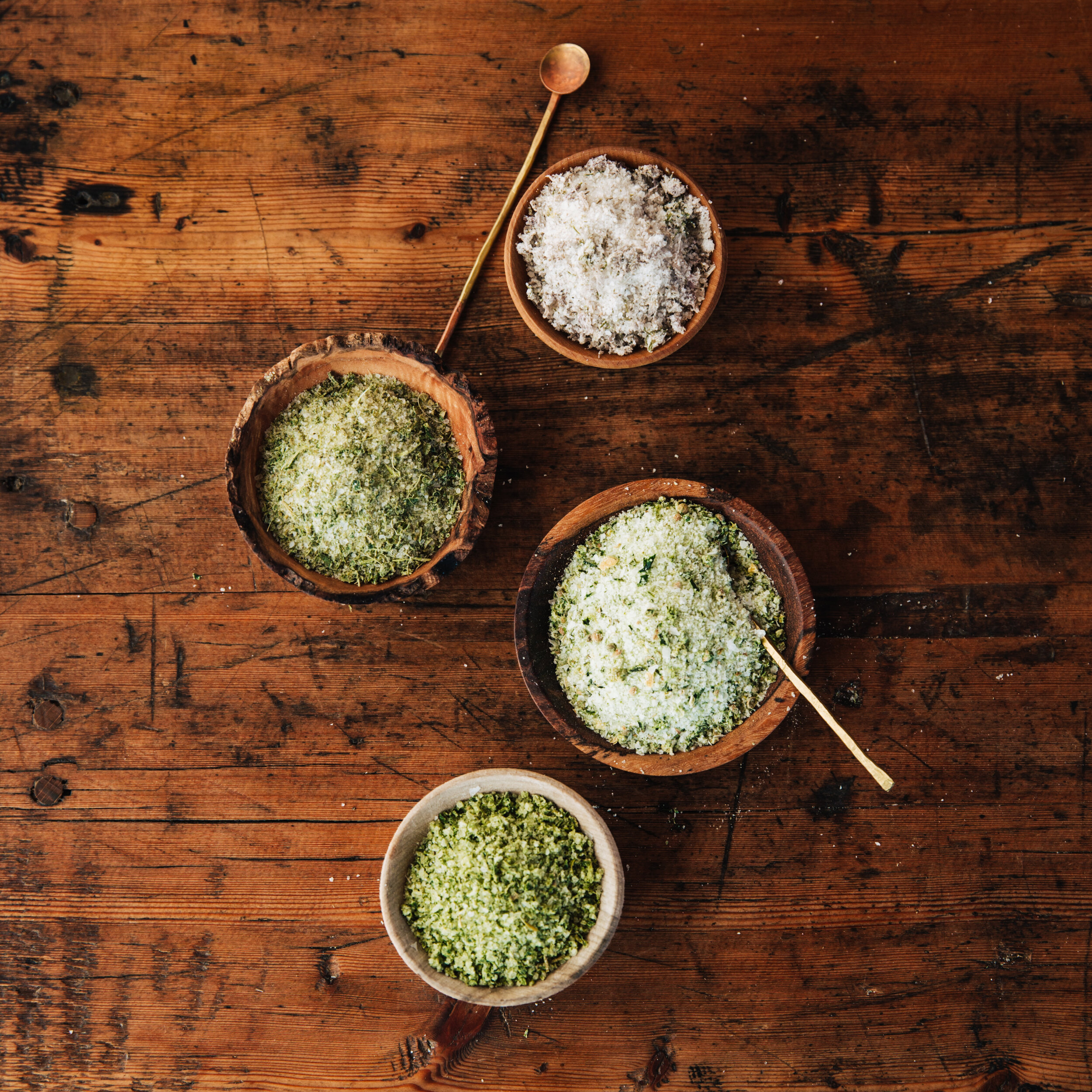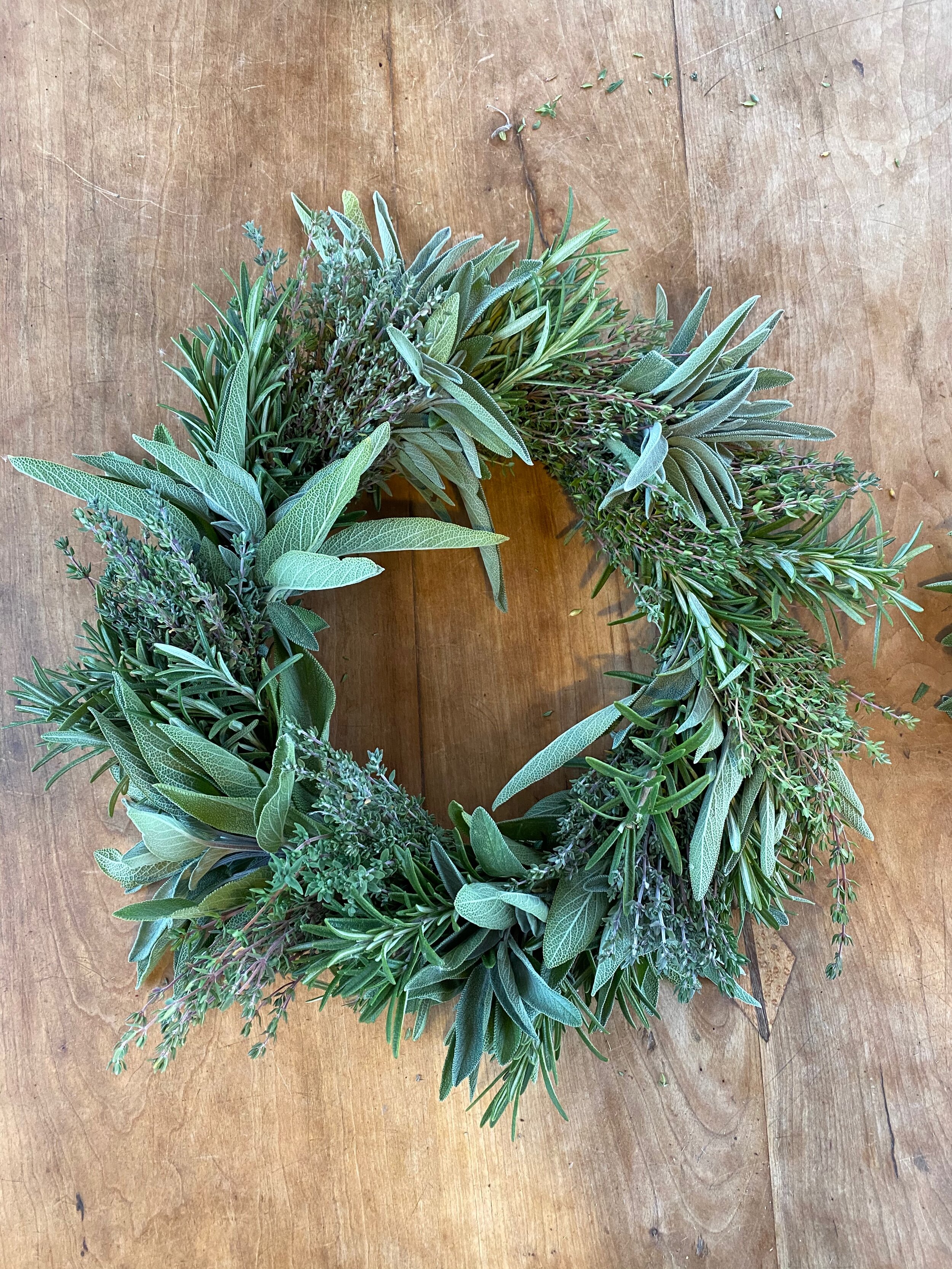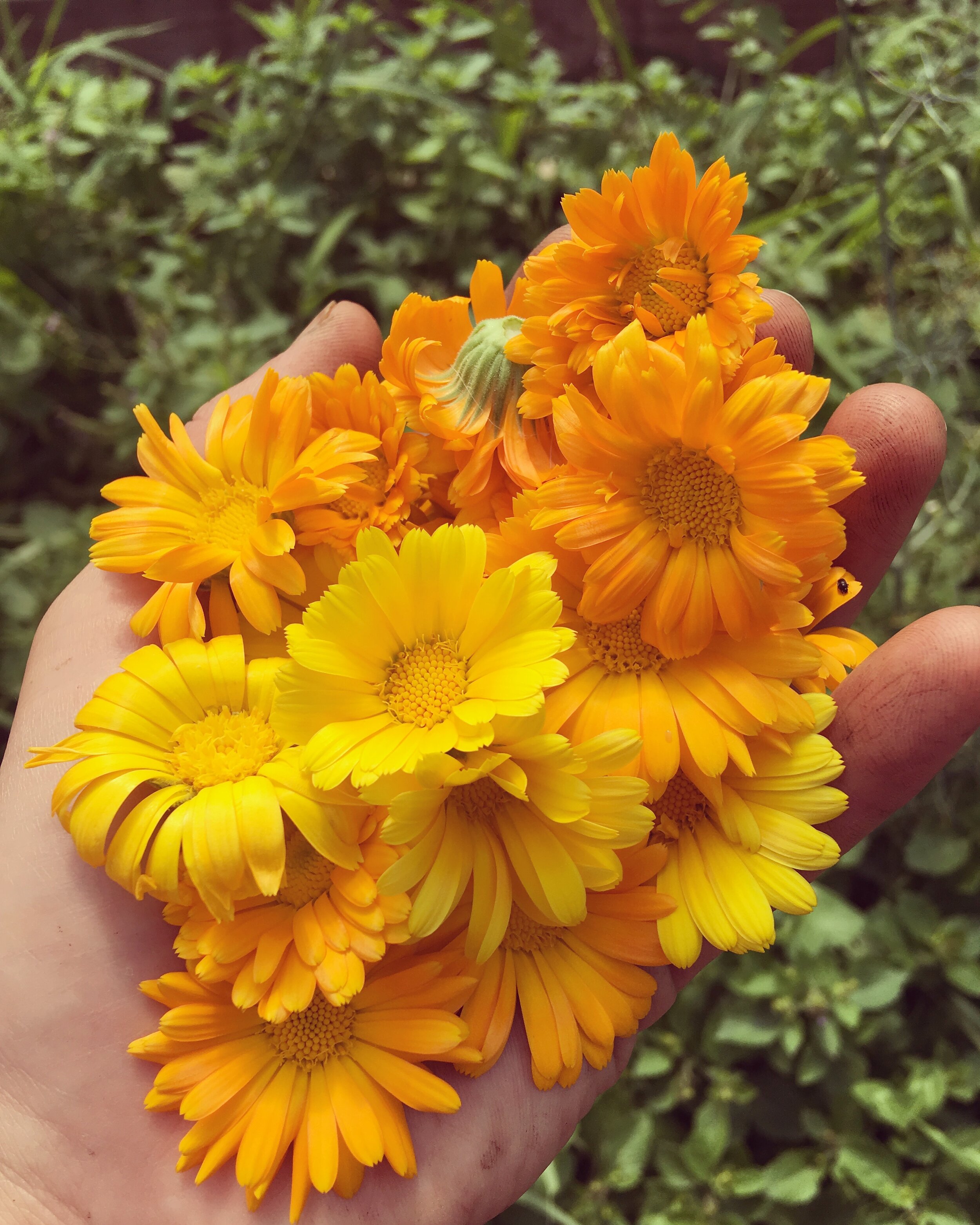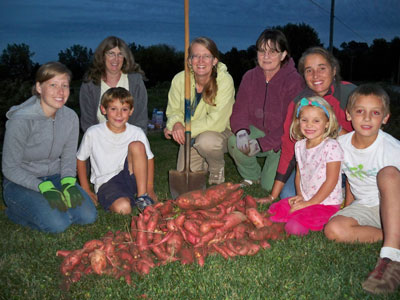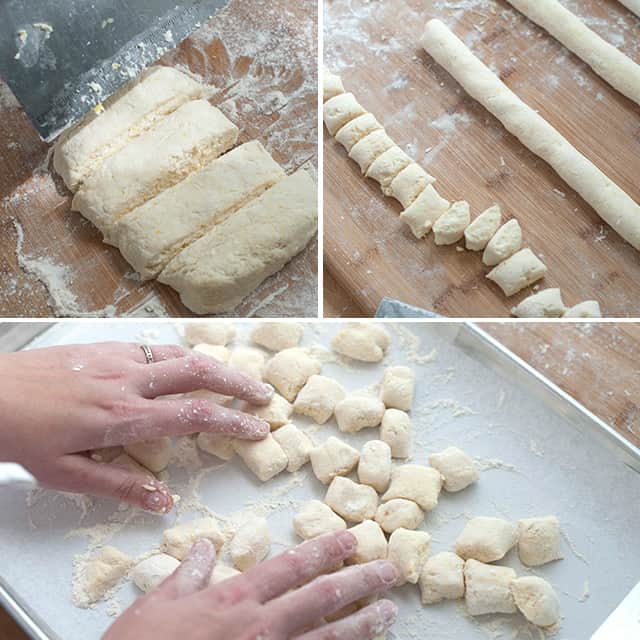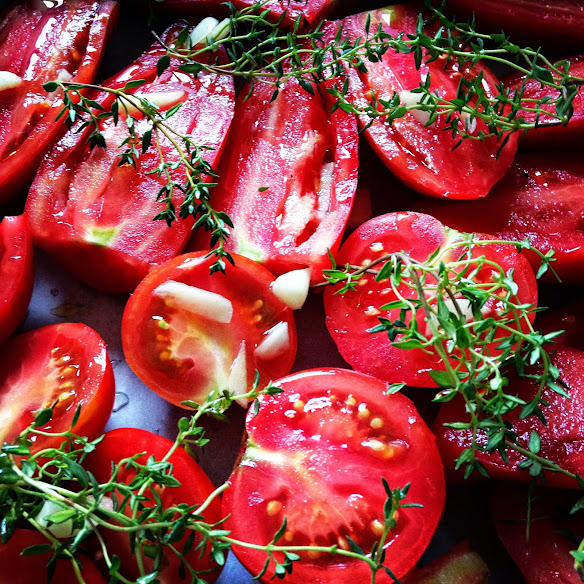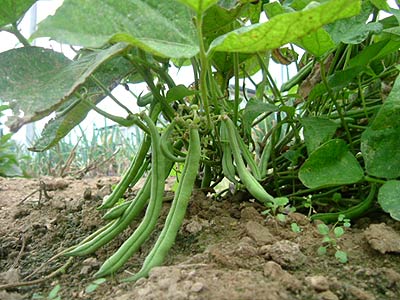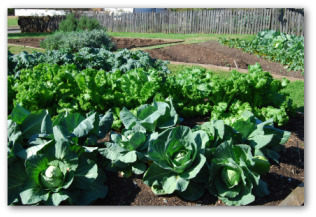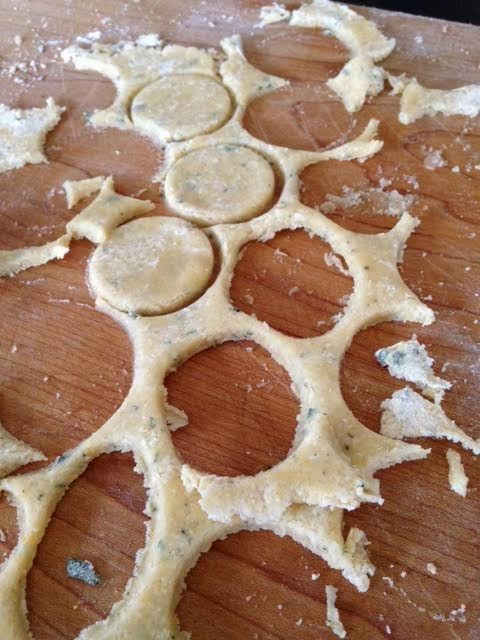YUM. We are very excited to share this week’s Plant of the Week deal. Any remaining berry plants we have, are available for the Buy One, Get One Free promotion. This includes the following:
Strawberries - Alpine strawberries in 4-packs that can be used for edible landscaping, and as a perennial ground cover in sun to part-shade; and ‘Mara des Bois’, French ever-bearing strawberries that are in hanging baskets, but can be planted in the ground for years of enjoyment.
Raspberries- a few varieties, including summer bearing and fall bearing
Elderberries- hardy, easy to grow native plants that are good for making plant medicine as well as attracting wildlife, creating a hedgerow, and for their fragrant flowers that can be eaten or turned into tea or cordials.
Blackberries - a hardy, thornless variety that produces huge blackberries
Gooseberries - an old-fasihoned fruit that is great for jams and preserves
August is a great time to plant berries of all kinds, and leaves them plenty of warm days to establish healthy root systems so that will support them for years to come. Our “Plant of the Week” promotion lasts until Sunday, or while supplies last, whichever comes first. Quantities are limited.
In the Garden
The next few weeks are the funnest part of the gardening calendar in my mind. The weeds are under control, we are in harvest mode, and there are lots of empty spots to fill in with plants for the autumn bounty. Going in this week: more escarole, radicchio, lettuce, scallions, spinach, cabbage, broccoli and sprouting broccoli.
I have harvested garlic, shallots and sweet onions. If you haven’t done it yet, you probably should this week. The storage onions - yellow, red, and cipollini - look almost ready in our garden. I will check them later in the week, and if I see that lots of the tops are laying down, I will pull them all out of the soil. I usually wait for about half of them to be fallen over as a sign that they are mature enough to cure well and develop those papery skins that allow them to stay firm in storage all winter long. If you are not sure if your onions are ready, send a photo and we can help you decide.
In the flower garden, Lily has been deadheading her zinnias and recommends making a bouquet to give to someone. It feels good. She has a new baby niece who turned one week old today, and was the lucky recipient of said bouquet. So adorable.
Sara says to check for hornworms in the tomato patch. The earlier you catch and destroy them, the less chance of a full on invasion. Good luck.
In the Kitchen
I have started freezing and canning in earnest, with a big batch of Roma beans taking center stage this weekend. If you have not grown these or eaten them, I encourage you to put them on your list for next year’s garden, or stop by a farmers’ market or farm stand to stock up while summer is still with us. Trillium Hill Farm in Hinesburg has them currently.
Eggplants and peppers are finally abundant in the garden (the rain slowed them down) and I just made a simple dinner with roughly chopped peeled eggplant, shallots, peppers of all kinds, halved cherry tomatoes, torn herbs, minced garlic, a glug of olive oil, and chunks of feta. I laid everything out on a sheet pan and roasted it for about 45 minutes at 375F. What an easy summer dinner, served warm on the deck, or at room temperature for a picnic by the lake. Preferably with an icy cold rosé and a baguette from O’bread or this easy recipe for pita from King Arthur. I spent a good part of the pandemic winter making pita, and I am not mad about that new skill.
Our herb salts and vinegars are now available! We have been busy harvesting and chopping herbs, and curing them in salt for maximum flavor and fragrance. I recommend them all right now, especially to elevate simple garden meals of cucumbers, tomatoes, greens, and grains into something special every night of the week. They are also great for the grilling and entertaining you might be doing outdoors while the getting is good. You can find them at our Hinesburg greenhouses, at City Market, Hunger Mountain Coop, Farmers to You, Intervale Food Hub, Sweet Roots Farm, Trillium Hill Farm, and Philo Ridge Farm. And here online. We are set up to ship herb salts and vinegars. Maybe you would like to make someone’s day by sending some as a gift?
Enjoy the week, enjoy each other.
Julie

